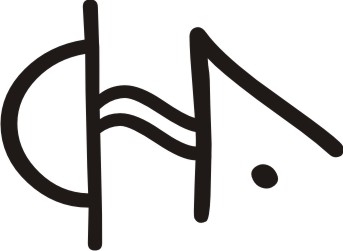El aquelarre, de Goya: una mirada subversiva
DOI:
https://doi.org/10.48162/rev.45.014Keywords:
brujas, mujeres, subversión, aquelarreAbstract
El aquelarre is a painting made by Goya in 1797 as a commission by the Dukes of Osuna. Here, the Spanish painter presents a meeting between witches and a goat, which represents the Devil, in which various human sacrifices appear. In this painting, Goya takes the referent of the witch, whose meaning had undergone an enormous alteration since the Inquisition. In this way, the concept went from meaning a wise person, with knowledge of medicine, to being a sinful, corrupt and evil individual who had a close relationship with the Devil. From this point on, witches suffered massive persecution, although the main victims were weak women, socially relegated. In El aquelarre, Goya subverts the concept of a witch and vindicates all these victims of persecution.
References
Chicago-Deusto
Downloads
Published
How to Cite
Issue
Section
License
Copyright (c) 2024 Alex Haro Díaz

This work is licensed under a Creative Commons Attribution-NonCommercial-ShareAlike 3.0 Unported License.
Los artículos enviados al Comité Editor del Instituto de Historia del Arte, para ser publicados, los autores reservan su derecho de propiedad, pero otorgan a la Editorial los derechos de impresión y aceptan la difusión tanto en papel, como en internet y en aquellos sitios virtuales de las cuales los CHA formen parte.

Esta obra está bajo una Licencia Creative Commons Atribución-NoComercial-CompartirIgual 3.0 No portada


















_00.07_.55_2.png)




